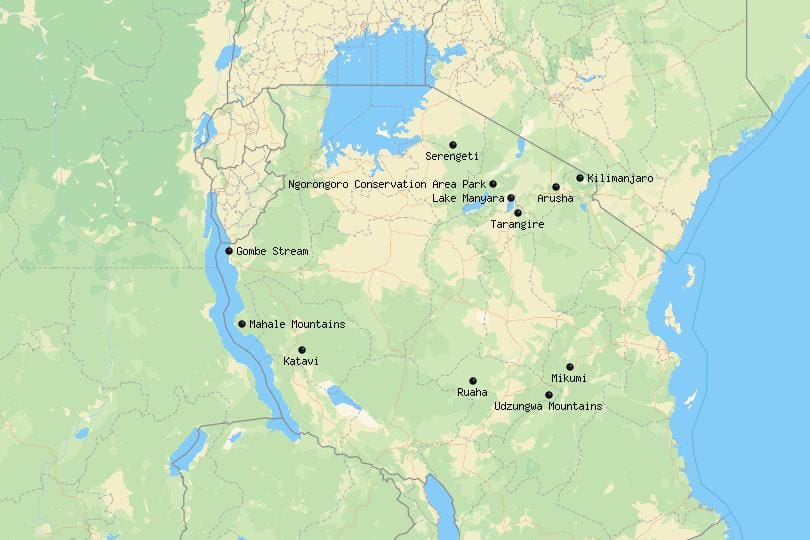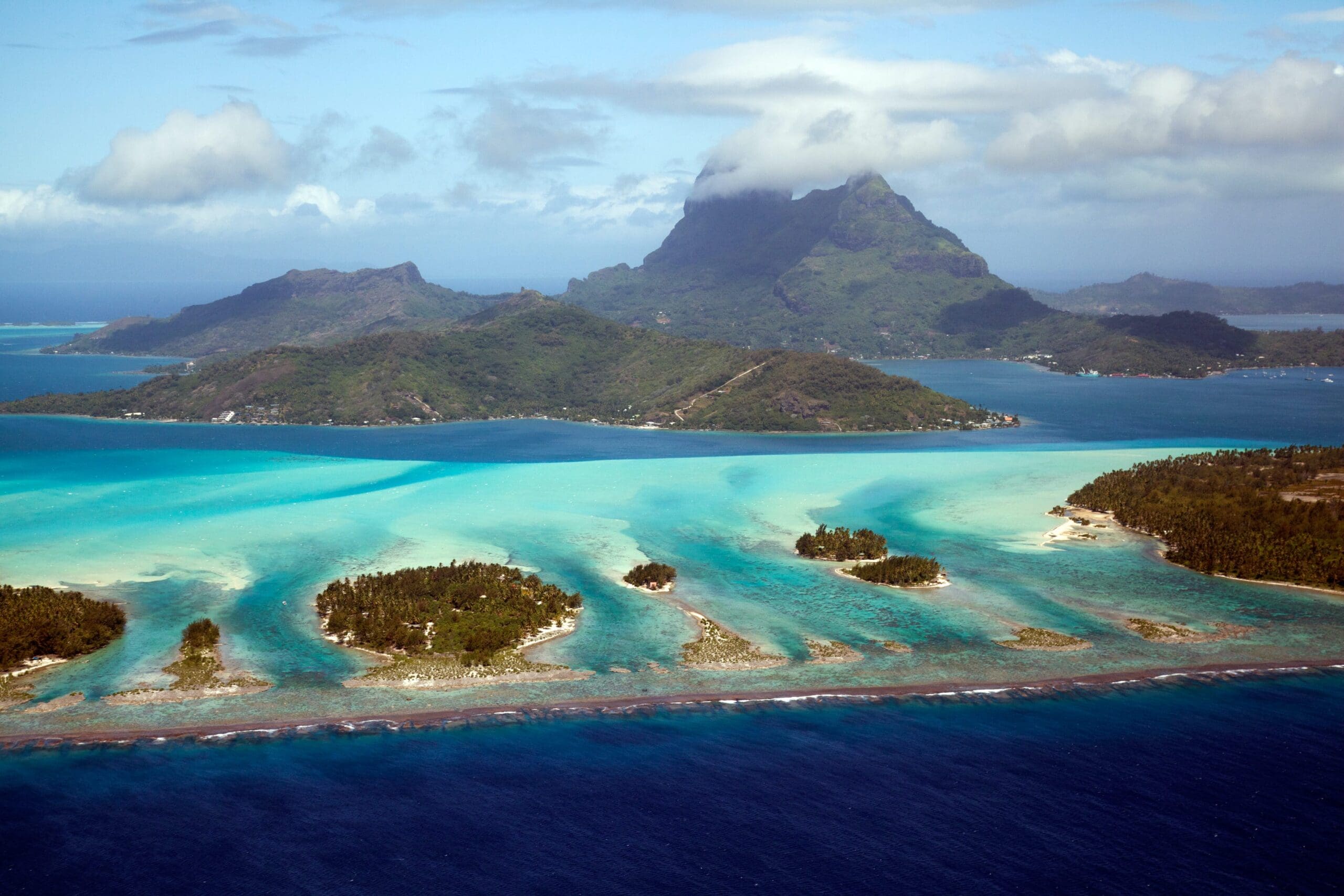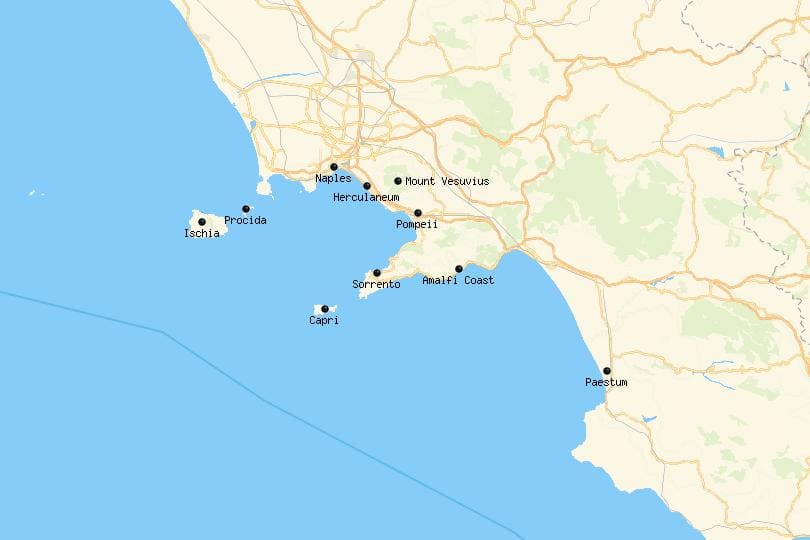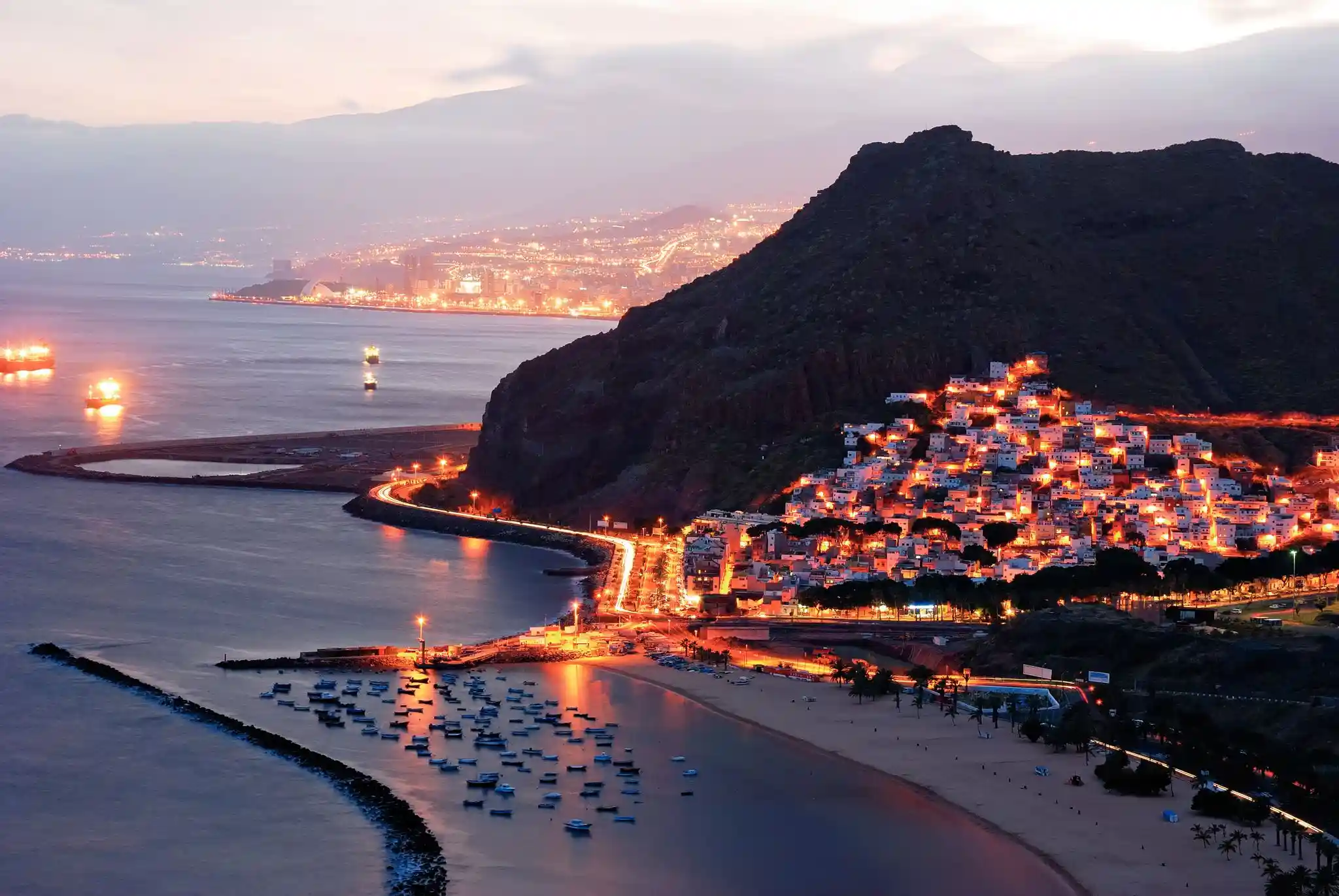Tanzania is known for its wildlife and scenic beauty. With 16 national parks, it offers a diverse range of flora and fauna, and each park has its own unique attractions. In this article, we will explore the 12 most beautiful national parks in Tanzania that are a must-visit for any wildlife enthusiast.
1. Serengeti National Park
Serengeti National Park is one of the most famous national parks in Tanzania and is home to the great wildebeest migration. The park covers an area of 14,763 square kilometers and is located in the northern part of Tanzania. It is also known for its large lion population and offers a breathtaking landscape.
2. Ngorongoro Conservation Area
Ngorongoro Conservation Area is a UNESCO World Heritage Site and is home to the Ngorongoro Crater, which is the world’s largest intact caldera. It offers a unique landscape and is home to a variety of wildlife, including the rare black rhino.
3. Tarangire National Park
Tarangire National Park is located in northern Tanzania and is known for its large elephant herds. The park covers an area of 2,850 square kilometers and offers a diverse range of wildlife and bird species.
4. Lake Manyara National Park
Lake Manyara National Park is located in northern Tanzania and is known for its tree-climbing lions. The park covers an area of 330 square kilometers and is also home to a variety of bird species.
5. Ruaha National Park
Ruaha National Park is located in central Tanzania and is known for its large elephant population. The park covers an area of 20,226 square kilometers and is also home to a variety of antelope and bird species.
6. Mikumi National Park
Mikumi National Park is located in southern Tanzania and is known for its open savannahs. The park covers an area of 3,230 square kilometers and is home to a variety of wildlife, including lions, giraffes, and elephants.
7. Katavi National Park
Katavi National Park is located in western Tanzania and is known for its remote wilderness. The park covers an area of 4,471 square kilometers and is home to a variety of wildlife, including hippos, crocodiles, and lions.
8. Mahale Mountains National Park
Mahale Mountains National Park is located in western Tanzania and is home to a population of chimpanzees. The park covers an area of 1,613 square kilometers and offers a unique landscape, including mountains and forests.
9. Gombe Stream National Park
Gombe Stream National Park is located in western Tanzania and is also home to a population of chimpanzees. The park covers an area of 52 square kilometers and offers a unique experience for visitors to observe these intelligent primates in their natural habitat.
10. Selous Game Reserve
Selous Game Reserve is located in southern Tanzania and is one of the largest game reserves in Africa. The reserve covers an area of 54,600 square kilometers and is home to a diverse range of wildlife, including elephants, lions, and giraffes.
11. Saadani National Park
Saadani National Park is located in eastern Tanzania and is the only national park in Tanzania that borders the Indian Ocean. The park covers an area of 1,100 square kilometers and offers a unique blend of wildlife and coastal ecosystems.
12. Mkomazi National Park
Mkomazi National Park is located in northern Tanzania and is known for its stunning landscape and diverse wildlife. It covers an area of 3,245 square kilometers and is home to several endangered species such as the African wild dog, black rhinoceros, and cheetah. The park also boasts over 450 species of birds, making it a bird watcher’s paradise. Visitors can enjoy a range of activities such as game drives, guided walks, and bird watching tours. The park is also home to several conservation projects aimed at protecting the endangered species and their habitats.
Conclusion
Tanzania is truly blessed with some of the most beautiful and diverse national parks in the world. From the iconic Serengeti to the lesser-known gems like Gombe Stream, each park offers a unique experience to visitors. Whether you’re a wildlife enthusiast, a bird watcher, or simply seeking adventure in the great outdoors, Tanzania’s national parks have something to offer for everyone. So pack your bags, grab your camera, and get ready for an unforgettable adventure in Tanzania’s national parks.
FAQs
- What is the best time to visit Tanzania’s national parks? The best time to visit Tanzania’s national parks is during the dry season, which runs from June to October. This is when the animals congregate around water sources, making it easier to spot them.
- What is the most famous national park in Tanzania? The most famous national park in Tanzania is the Serengeti National Park, which is known for the annual wildebeest migration.
- Is it safe to visit Tanzania’s national parks? Yes, it is safe to visit Tanzania’s national parks. However, visitors are advised to follow the guidelines and regulations set by the park authorities and to be cautious of wildlife.
- Can I go on a safari in Tanzania’s national parks? Yes, you can go on a safari in Tanzania’s national parks. There are several tour operators that offer safari packages, which include game drives, guided walks, and other activities.
- How much does it cost to visit Tanzania’s national parks? The cost of visiting Tanzania’s national parks varies depending on the park and the activities you want to do. It is advisable to research and plan your trip in advance to get the best deals and prices.

















Undeniably believe that which you said. Your favorite reason seemed to be at the net the easiest thing to remember of. I say to you, I certainly get annoyed whilst folks consider worries that they just do not know about. You controlled to hit the nail upon the top and outlined out the whole thing with no need side effect , other people can take a signal. Will probably be back to get more. Thanks
I have not checked in here for a while because I thought it was getting boring, but the last several posts are good quality so I guess I’ll add you back to my everyday bloglist. You deserve it my friend :)
Hey there! Do you use Twitter? I’d like to follow you if that would be okay. I’m absolutely enjoying your blog and look forward to new posts.
Loving the information on this website , you have done outstanding job on the blog posts.
Hello very nice website!! Man .. Excellent .. Amazing .. I will bookmark your website and take the feeds additionally…I am glad to search out numerous useful info right here within the post, we’d like work out more strategies in this regard, thanks for sharing.
What¦s Taking place i am new to this, I stumbled upon this I’ve discovered It positively helpful and it has aided me out loads. I’m hoping to give a contribution & aid different customers like its helped me. Great job.